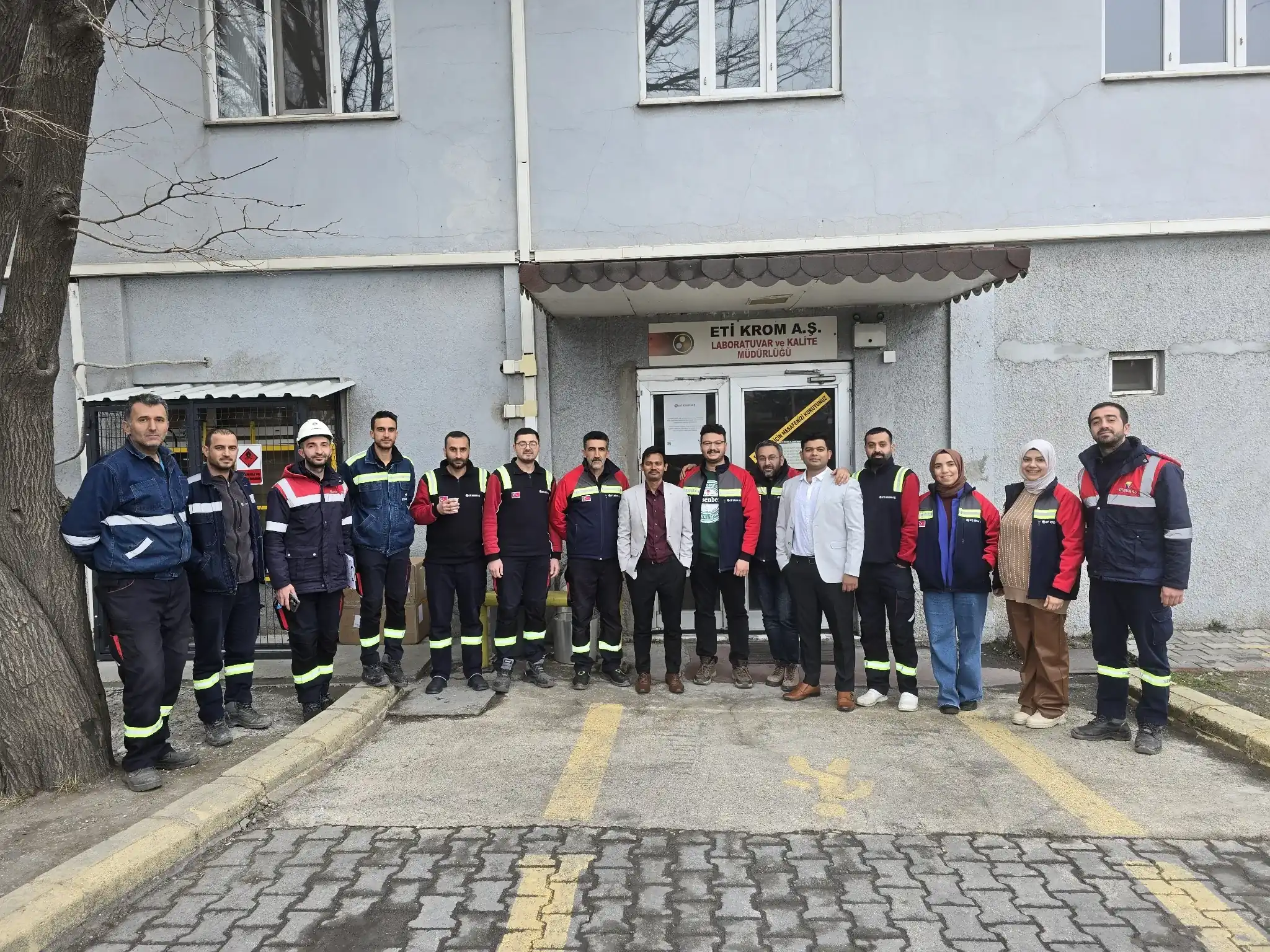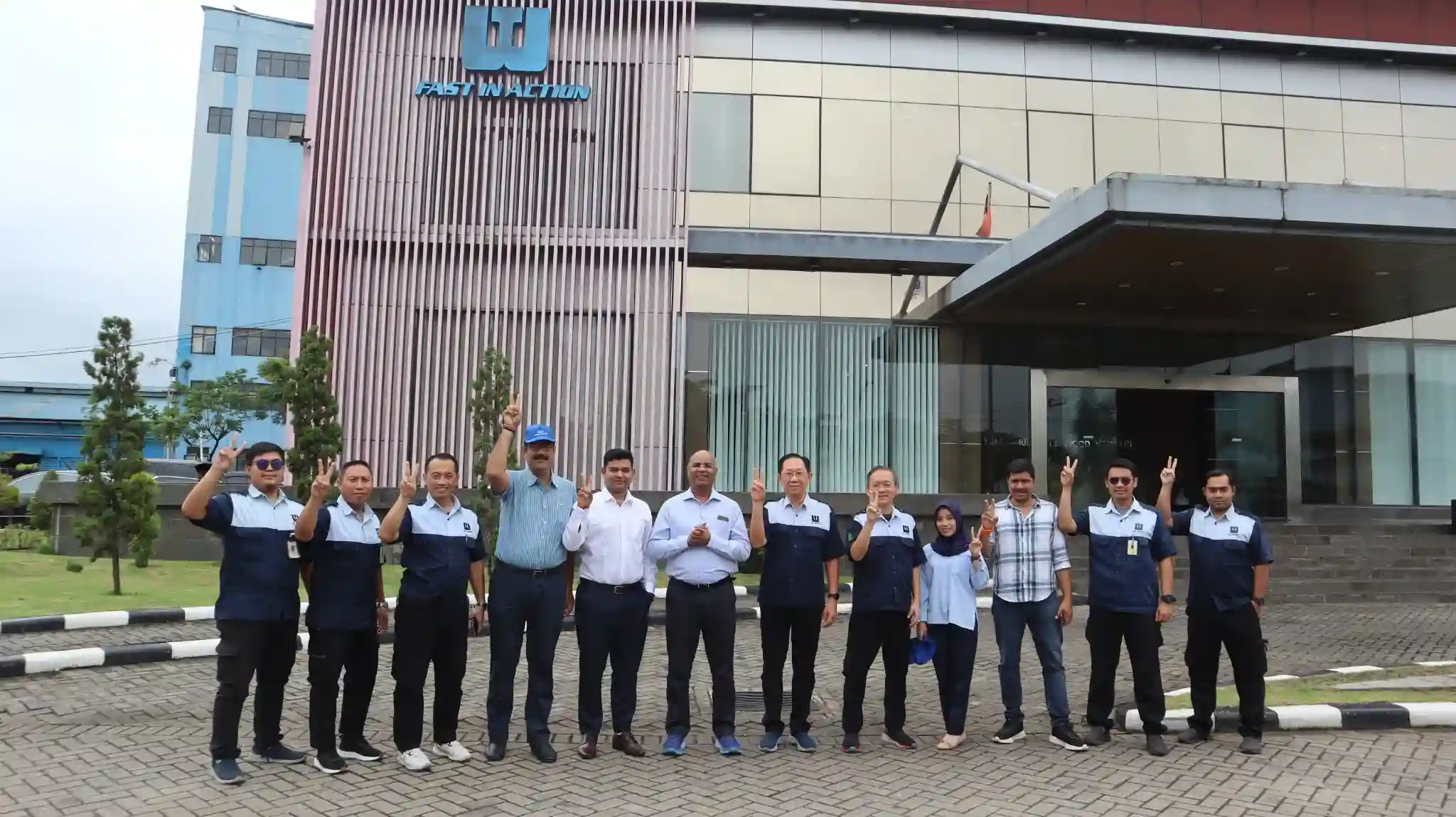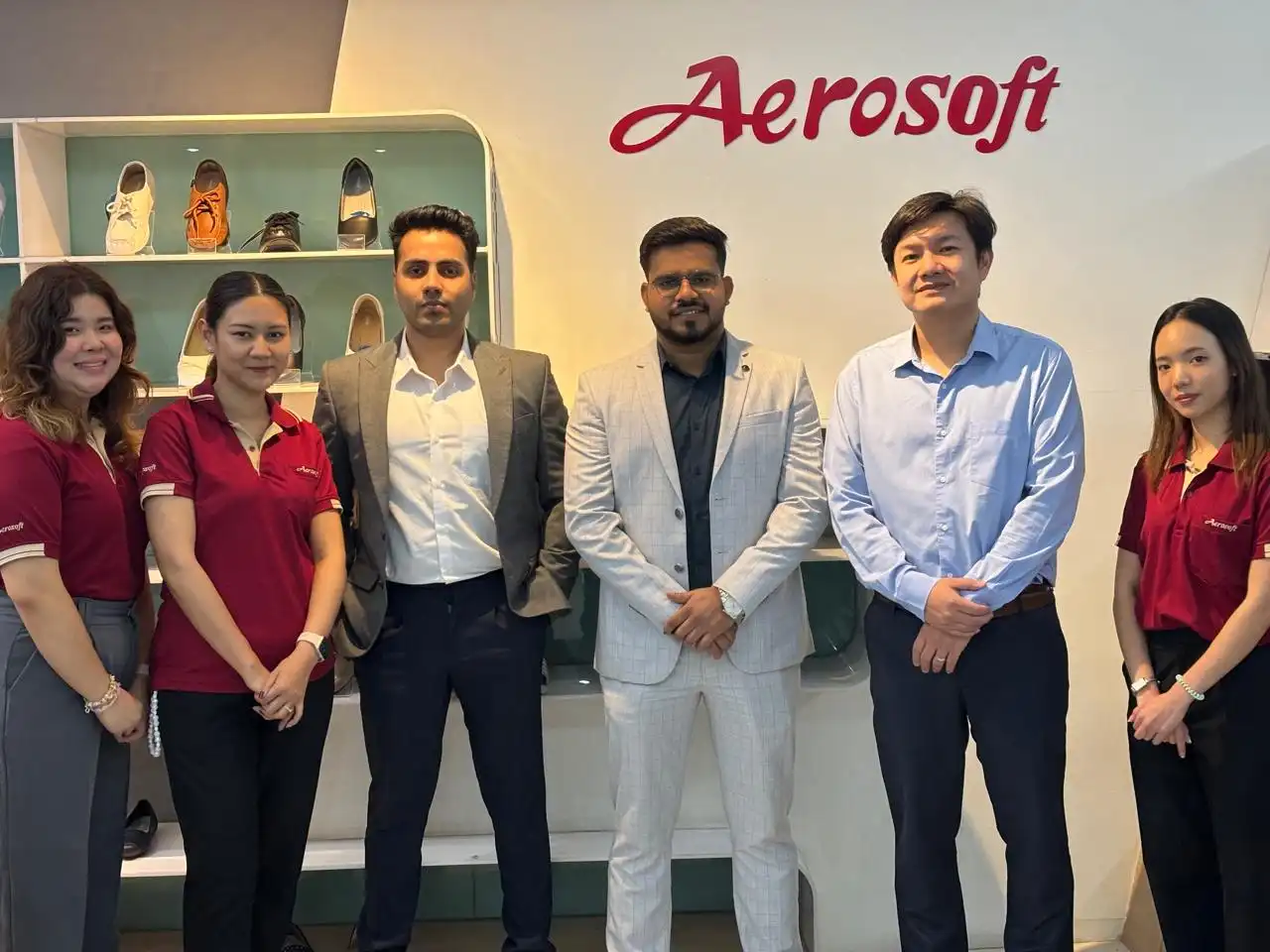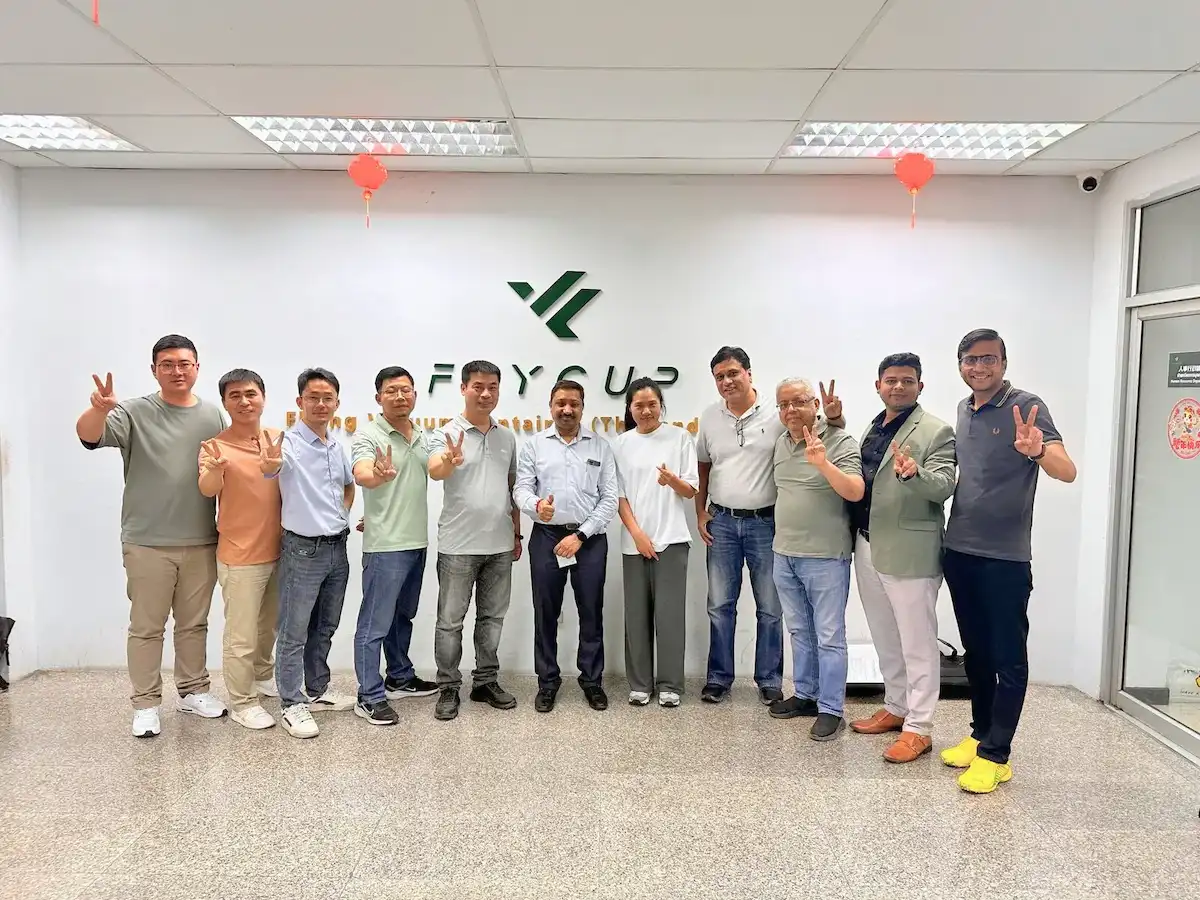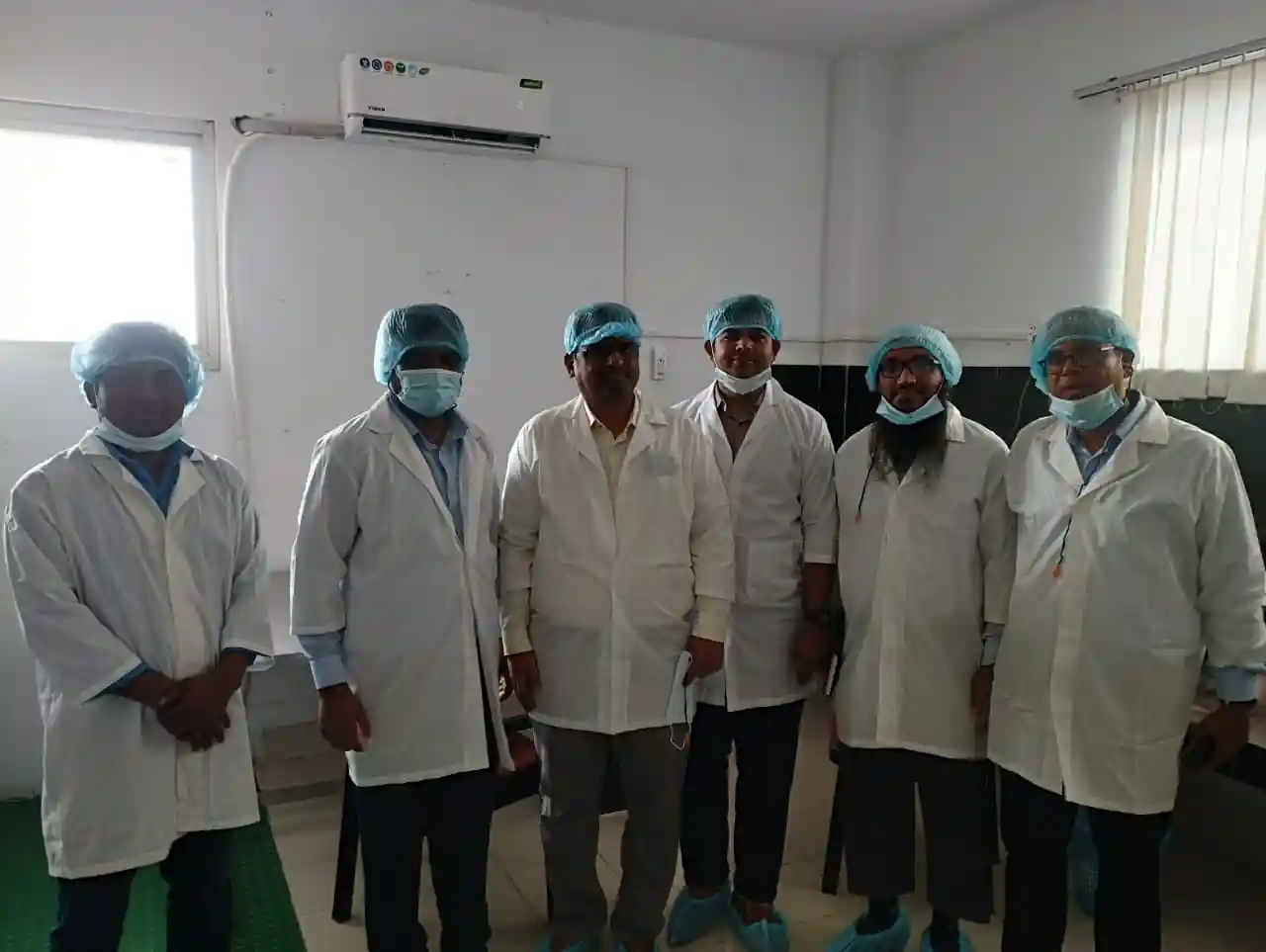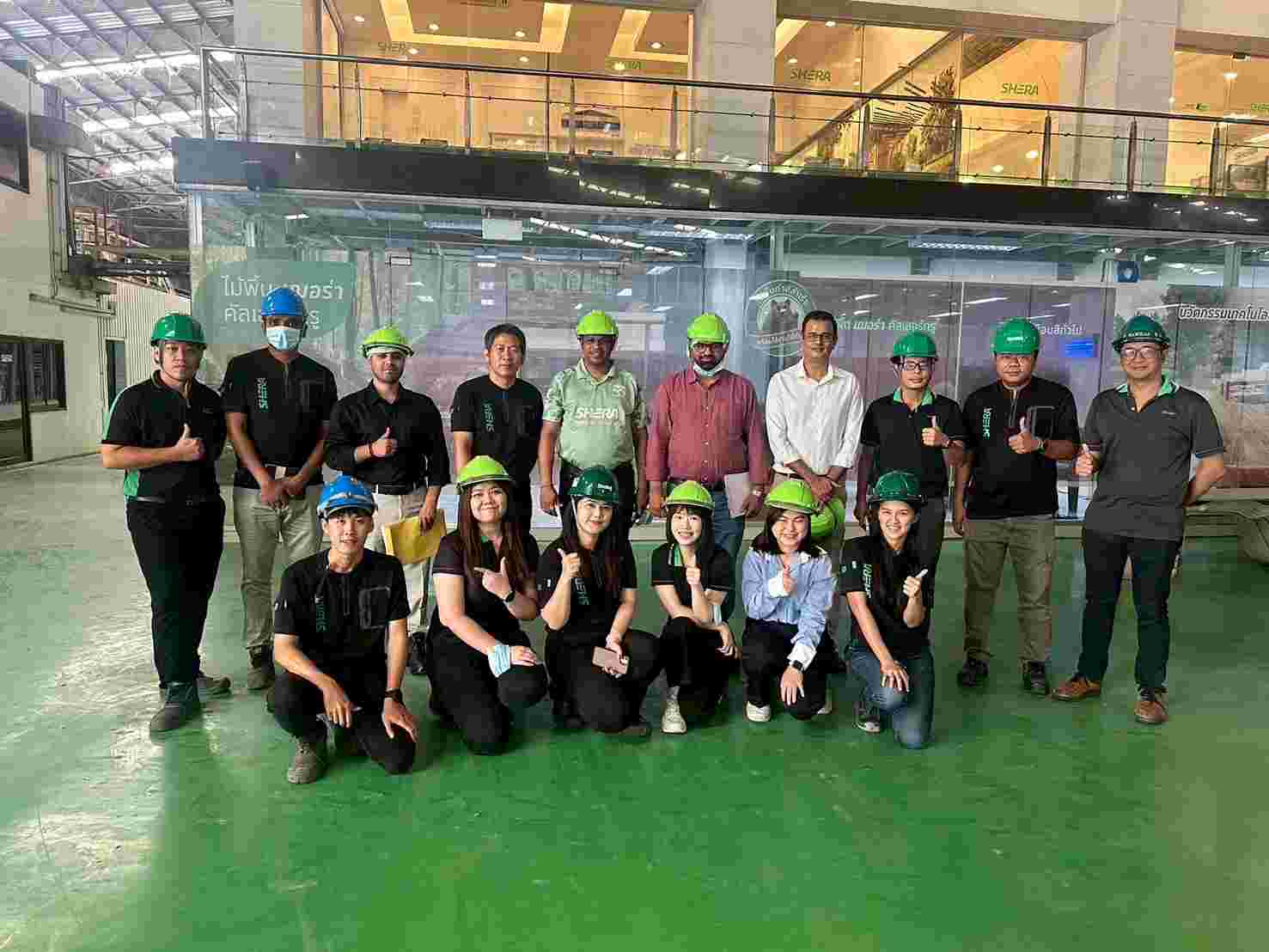BIS Certification for Steels for cold heading/cold extrusion applications – specification Part 2 Stainless steel IS 11169 (Part 2): 1989
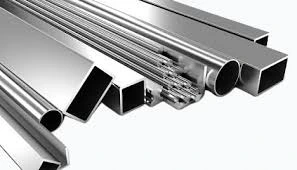
The BIS
Certification for Steels used in Cold Heading and Cold Extrusion Applications –
Specification Part 2 Stainless Steel IS 11169 (Part 2): 1989 is all about
making sure that the stainless steel meets strict quality and safety standards
for creating precise components. This certification not only confirms that the
steel is ideal for cold heading and extrusion processes, but it also guarantees
durability and reliability in the finished products.
For manufacturers aiming to obtain the BIS Certification for these types of steels, it’s essential to comply with BIS requirements regarding composition, mechanical properties, and testing. This way, they can ensure they’re using high-performance materials suited for industrial applications. If you need help navigating the certification process, feel free to reach out for expert guidance.
Introduction
Getting BIS
Certification for steels used in cold heading and cold extrusion
processes—specifically, Part 2 of the Stainless Steel IS 11169 (Part 2):
1989—is essential for ensuring the quality and safety of stainless steel used
in these manufacturing methods. Under the Steel & Steel Products (Quality
Control) Order, 2024, adherence to this standard guarantees that the materials
are durable, strong, and reliable. This certification also confirms that the
products meet Indian regulatory requirements, boosting their credibility in the
market. For manufacturers aiming for market approval, securing BIS
Certification for Steels for cold heading/cold extrusion applications –
specification Part 2 Stainless steel IS 11169 (Part 2): 1989 goes beyond
helpful but mandatory.
Why is BIS certification necessary for Steels for cold
heading/cold extrusion applications – specification Part 2 Stainless steel IS
11169 (Part 2): 1989?
When it comes to
Steels for cold heading/cold extrusion applications – specification Part 2
Stainless steel IS 11169 (Part 2): 1989, having BIS certification is key. This
certification not only ensures that these steels meet tough quality and safety
standards, but it also guarantees their reliability and strength. Plus, it
ensures that they comply with Indian regulations, making it a must-have for
manufacturers. With BIS certification, consumer trust is bolstered, market
acceptance is simplified, and the risk of substandard materials making their
way into the industry is greatly reduced. For businesses looking to navigate
regulatory challenges and achieve sustainable growth in the competitive steel
sector, BIS Certification for Steels for cold heading/cold extrusion
applications – specification Part 2 Stainless steel IS 11169 (Part 2): 1989 is
absolutely critical.
Overview of Indian
Standard IS 11169 (Part 2): 1989
IS 11169 (Part 2): 1989 sets the standard for
stainless steels used in cold heading and cold extrusion tasks, ensuring they
perform reliably and last long. This guideline spells out the necessary
chemical makeup, mechanical properties, and the testing procedures needed to
comply with safety and reliability regulations. BIS Certification for Steels
for cold heading/cold extrusion applications – specification Part 2 Stainless
steel IS 11169 (Part 2): 1989 is a must-have for manufacturers looking to meet
Indian regulatory standards, ensuring their products are dependable and
consistent. Earning BIS certification is a way to show they meet quality
benchmarks, which boosts confidence and trust in the marketplace.
Process for BIS Certification
The BIS
certification process for Steels for cold
heading/cold extrusion applications – specification Part 2 Stainless steel IS
11169 (Part 2): 1989 involves multiple steps designed to thoroughly evaluate a
product's compliance with the required standards. Here is a general overview of
the certification process:
1. Application Submission: Manufacturers must submit an application form
along with the required documentation to BIS.
2. Documentation Review: BIS reviews the submitted documents to ensure
completeness and correctness.
3. Factory Inspection: BIS officials conduct an on-site inspection of
the manufacturing facility to assess the production process and quality control
measures.
4. Sample Testing: Product samples are taken and tested in BIS-approved
laboratories to verify compliance with Indian standards.
5. Certification Grant: Upon successful completion of the inspection and
testing, BIS grants certification, allowing the manufacturer to use the BIS
mark on their products.
Documents Required for BIS Certification
To apply for BIS certification, manufacturers need to submit the following documents:
● Application form
● Manufacturing process details
● Quality control plan
● Test reports from BIS-approved laboratories
● Factory layout and equipment details
● Proof of business registration
● Product specifications and technical details
● Declaration of conformity to Indian standards
Additionally, manufacturers may be required to provide proof of compliance with environmental and safety regulations, depending on the specific type of product being certified.
BIS ISI Mark Certification Costing And Timeline
To Know The Process in Detail, Please Visit:
Under BIS Registration Products ISI and CRS
Conclusion
Getting BIS Certification for Steels used in cold
heading and cold extrusion applications – specification Part 2 Stainless steel
IS 11169 (Part 2): 1989 is essential for manufacturers aiming to meet Indian
quality and safety standards. This certification assures that the stainless
steel used in the cold heading and extrusion processes meets necessary
mechanical and chemical properties, boosting product reliability and market
acceptance. At EVTL India, we focus on providing specialized consultancy
services to simplify the BIS certification journey, guiding businesses through
the regulatory maze with confidence. Our team takes care of all the necessary
documentation, coordinates testing, and offers compliance support, helping
manufacturers secure their certification without a hitch. By obtaining BIS
Certification for Steels for cold heading/cold extrusion applications –
specification Part 2 Stainless steel IS 11169 (Part 2): 1989, companies can
build product credibility, gain a competitive advantage, and ensure they align
with national standards. Team up with EVTL India for a smooth certification
experience and effective regulatory compliance solutions.
Free Call Back
Latest News & Update
📅 BIS Critical Component List (CCL) Updates for Solar PV Modules
🕒 BIS Fee Concessions for MSMEs and Startups | EVTL India
📅 Guidelines for Implementation of Essential Requirements for Security of CCTV
🕒 Omnibus Technical Regulation (OTR) Amendment Order, 2025
🕒 Extension of Timeline for Filing Annual Returns by Battery Producers
📅 Extension of Timeline for Filing Quarterly and Annual Returns for E-Waste
🕒 Extension of Concurrent Running Period for IS 302-1: 2008 and IS 302 (Part 1): 2024
🕒 BIS Guidelines for Grant of Licence (GoL) | EVTL India
📅 CPCB Guidance on filing of Application, Fees and more
🕒 CPCB Notification on Labelling of Plastic Packaging
📅 Mandatory Compliance for Input Materials of Steel and Steel Products for Imports
🕒 BIS Guidelines for Scheme-X Certification for OTR-Regulated Products
📅 BIS Upgrades Product Certification License Numbers to 10-Digit Series
Why Choose EVTL INDIA
Expertise in Indian Regulatory Standards
End-to-End Support
Trusted by Top Indian & Global Brands
Fast Processing & Transparent Pricing
Strong Liaison with Indian Authorities
Company Profile